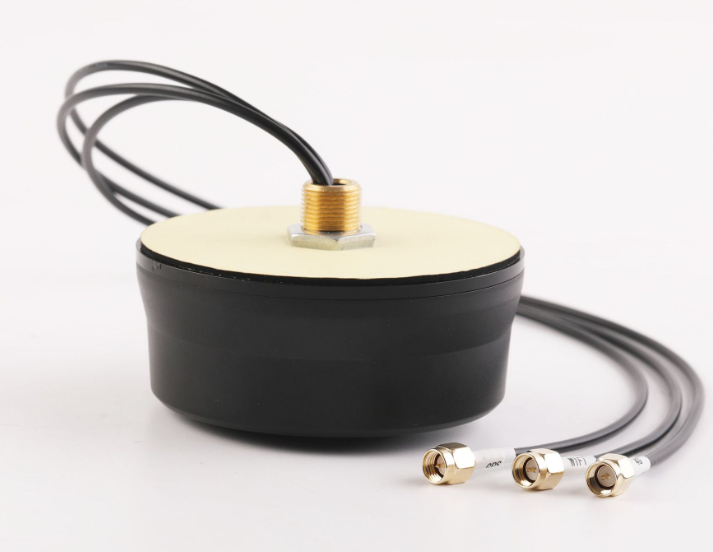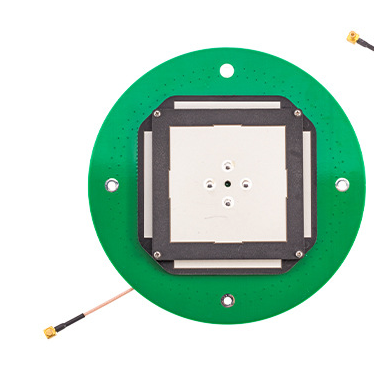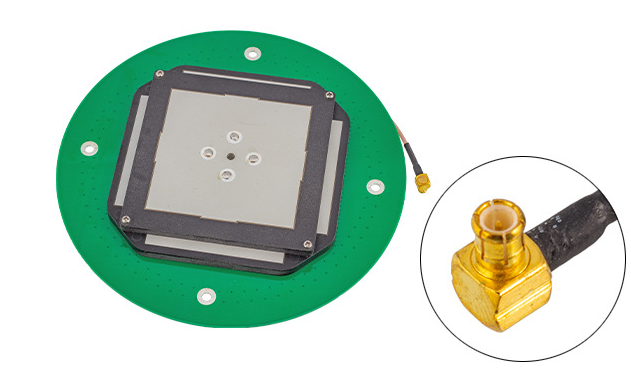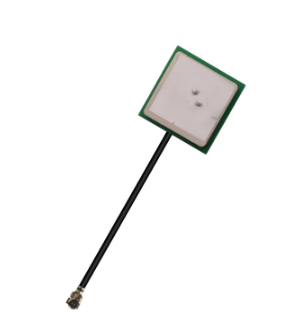Gps antenna modification
With the wide application of Global Positioning system (GPS) technology, GPS antennas play an important role in various fields. Standard GPS antennas may have limited performance in some specific environments, such as multipath effect, signal occlusion and so on. The modification of GPS antennas to improve their positioning accuracy and performance has become the focus of the current research. This paper will introduce the transformation process and key steps of GPS antennas in detail.

Overview of GPS Antenna
GPS antenna is a device that receives GPS satellite signals. Its main function is to convert satellite signals into electrical signals for receiver analysis and processing. The performance of GPS antennas directly affects the positioning accuracy and speed. It is of great practical significance to transform GPS antennas to improve their performance in complex environments.
The necessity of reforming GPS Antenna
With the diversification of application scenarios, standard GPS antennas show limitations in some specific environments. In urban canyons, dense areas of high-rise buildings, water areas and other environments, multipath effect and signal occlusion are more prominent, these problems will lead to the reduction of positioning accuracy, data jump and other phenomena. It is urgent to transform the GPS antenna to improve its anti-multipath effect and signal penetration ability.
Key steps in the Transformation of GPS Antenna
1. Antenna type selection: the appropriate antenna type is selected according to the application scene. In the urban or indoor environment, the antenna with lower receiving threshold, higher sensitivity and anti-multipath effect should be selected.
2. Frequency selection: choose an appropriate frequency range to improve the receiving performance of the antenna in complex environments. L1 and L2 bands are the main working bands of GPS antennas, but in some special environments, other frequency bands may need to be considered.
3. Structural design: optimize the structure of the antenna to improve its performance, including increasing the aperture of the antenna, changing the feeding mode, optimizing the polarization mode, etc., as well as the durability and waterproof performance of the antenna.
4. Impedance matching: ensure the impedance matching between the antenna and the receiver to obtain the best performance, which can be achieved by adjusting the input impedance of the antenna.
5. Test and optimization: the modified antenna is tested in the actual environment to verify its performance, including testing the gain, directivity, polarization characteristics and other parameters of the antenna, and further optimize the antenna according to the test results.
Advantages of modified GPS antenna
The modified GPS antenna has the following advantages:
1. Improve the positioning accuracy: the modified GPS antenna has stronger signal receiving ability and can reduce the influence of multipath effect and signal occlusion on the positioning accuracy.
2. Enhance the anti-jamming ability: the optimized antenna structure improves its anti-jamming ability and makes the antenna performance more stable in the complex environment.
3. Improve the reception sensitivity: selecting the appropriate frequency range and antenna type can improve the reception sensitivity of the antenna in the weak signal environment.
4. Expand the scope of application: the modified GPS antenna is suitable for more scenes, such as urban canyon, indoor environment and so on.
Case analysis
In order to verify the performance of the modified GPS antenna, we select an actual case to analyze. In the navigation application of a city, the modified GPS antenna is used for positioning test. The test results show that the modified GPS antenna has higher positioning accuracy and stability in the complex urban environment. In the actual use process, users also feedback that the navigation speed is faster and the data jump phenomenon is significantly reduced.
Through the modification of GPS antenna, its performance in complex environment can be significantly improved, which can not only improve the positioning accuracy and speed, but also expand the application range of GPS technology. It is suggested that the appropriate GPS antenna type and reconstruction scheme should be selected according to the specific scene in practical application.





